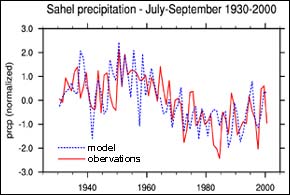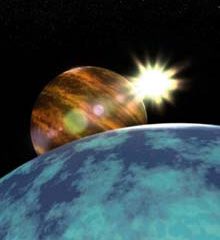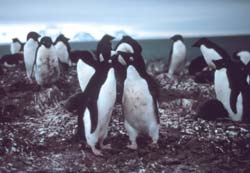Rice physicists show that quantum methods can predict nanophotonic behavior
According to new research from Rice University, scientists studying the way light interacts with metallic nanostructures should throw out their old optics textbooks and bone up on their quantum mechanics instead.
The new findings, which are described in the Oct. 17 issue of the journal Science, offer a new understanding of plasmonics, an emerging field of optics aimed at the study of light at the nan
Marine researchers and scientists have long sought a practical way to track the position and migration of fish in the world’s oceans in order to provide research data for stock management and fish conservation.
Sigmur Gudbjornsson, Managing Director of Stjornu-Oddi, the Icelandic lead partner in EUREKA project E! 2326 GPSFISH, describes how they solved the problem by having ships “transmit by sonar GPS (global positioning satellite) data which is then stored on any fish that has been previo

A strong link has been confirmed between sea surface temperatures and precipitation in Africa’s semi-arid Sahel, according to a new study published in Science on October 9th. The study was co-authored by Alessandra Giannini, a climate expert with the International Research Institute for Climate Prediction (IRI), a unit of the Earth Institute at Columbia University.
Previously, it was not known how much land use changes may have led to the region’s recent history of prolonged drought, or whet

ESA is now planning a mission that can detect moons around planets outside our Solar System, those orbiting other stars!
Everyone knows our Moon: lovers stare at it, wolves howl at it, and ESA recently sent SMART-1 to study it. But there are over a hundred other moons in our Solar System, each a world in its own right.
A moon is a natural body that travels around a planet. Moons are a by-product of planetary formation and can range in size from small asteroid-sized bodies of a f

NASA satellite data was used for the first time to analyze the biology of hot spots along the coast of Antarctica. The biological oases are open waters, called polynyas, where blooming plankton support the local food chain.
The research found a strong association between the well being of Adelie Penguin populations in the Antarctic and the productivity of plankton in the polynyas. Polynyas are areas of open water or reduced ice cover, where one might expect sea ice. They are usually created
NASA researchers and other scientists used a satellite combined with aircraft video to create a new technique for detecting ponds of water on top of Arctic sea ice. Until now, it was not possible to accurately monitor these ponds on ice from space.
Water that forms on sea ice during the summer, called a melt pond, absorbs the Sun’s energy rather than reflecting it back to space the way ice does. The balance between reflected and absorbed energy has a large effect on Arctic and global c